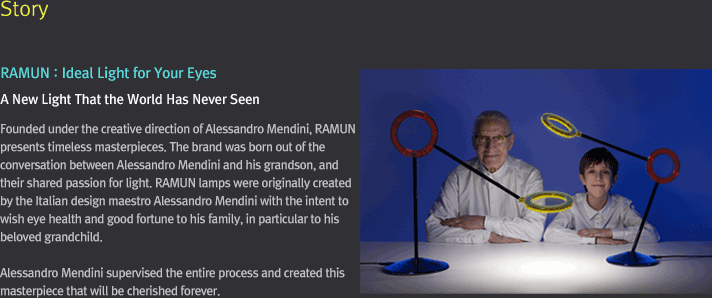
Photobiological safety testing is a program designed to test the effects on the eyes and skin of the light waves of lighting devices, which pose high risks of retinal damage, cataract, and skin burn. After recent reports in Europe and North America suggest that non-laser light sources affect the human body, a standard for photobiological safety has been developed. This standard defines the exposure time limits of light sources that cause photobiological damage to the human skin or retina. Recently, as the LED market has released many high-brightness LEDs, the International Electrotechnical Commission established and stipulated the standard for photobiological safety (IEC 62471) to measure and test whether these LEDs are safe for the retina or skin and harmful levels of exposure to the retina, and classified sources into four risk groups depending on the impact on the human body. There are four risk groups, and the standard requires the labeling of all sources except lasers, according to the risk group of a source. RAMUN has conducted photobiological safety testing on its products, measured the optical properties of all light sources and their effects on the human body accordingly, and finally obtained safety standard certification.







































